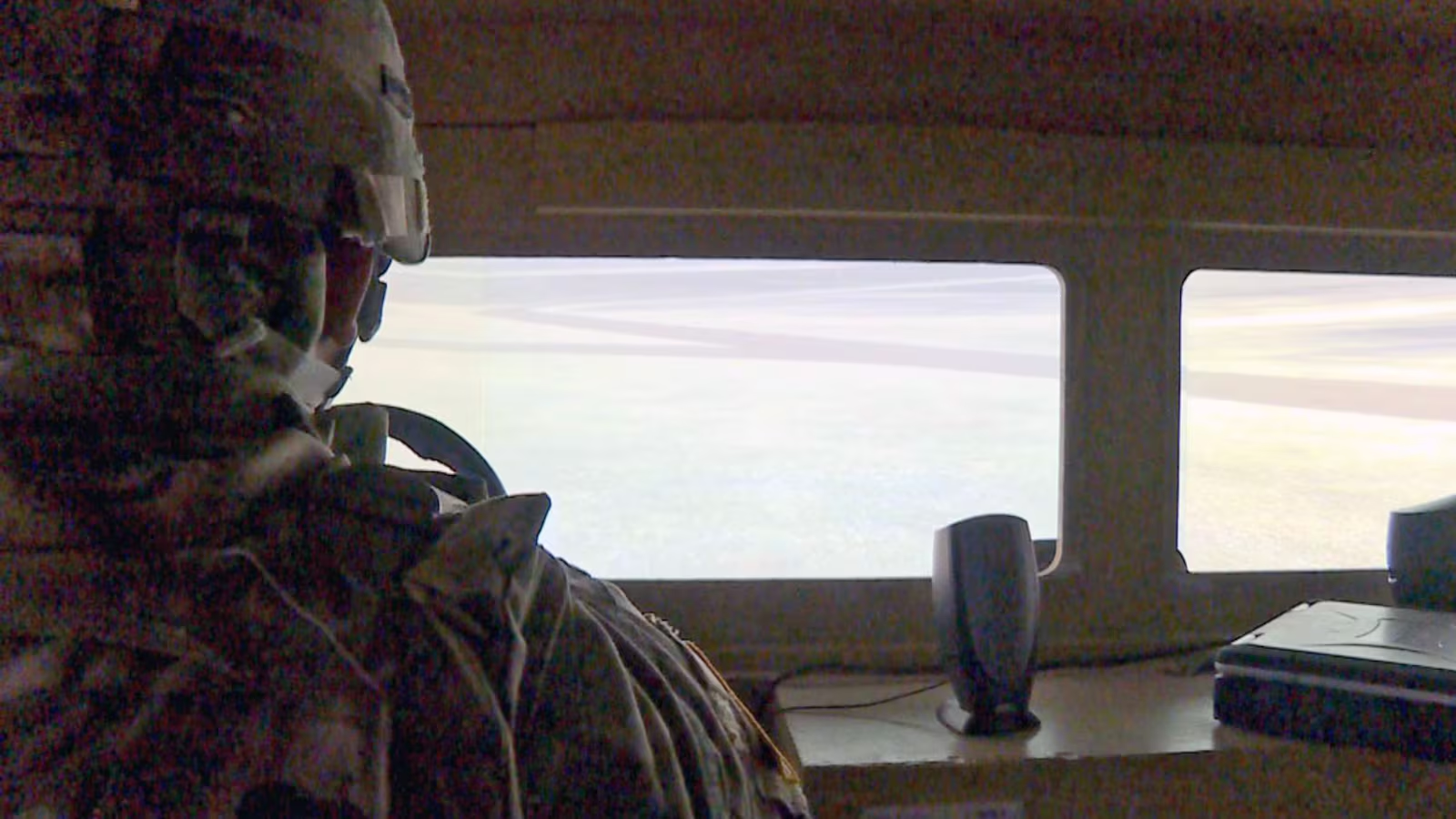The U.S. Army Wants Tiny Flying Eyes for Every Footsoldier
Courtesy of popularmechanics.com
A fleet of pocket-sized drones is coming to the battlefield.
More and more drones are invading the battlefield, but they tend to feed information up the chain of command rather than helping the footsoldier. That’s true for even the smallest U.S. Army drone, the hand-launched RQ-11 Raven. Now the infantry is about to get a new friend to help them see what’s around the corner or in the next building.
That’s the aim of the Common Lightweight Autonomous Robotic Kit, a new Army project.
The first element will be the Soldier Borne Sensor, a miniature helicopter likely to be fielded in small numbers over the next two years and fully rolled out from 2018.
The details are in a this RFI document looking for pocket-sized drones able to operate for 15 minutes and provide day or night imaging from 500 meters (0.31 miles) away. The whole kit, including controller, drone, batteries, and carrying pouch, must weigh less than three pounds. The drone itself will have a maximum weight of five ounces. It will be able to fly itself to a given location using GPS to follow a specified set of waypoints.
A DRONE THAT SENDS ONLY FUZZY, AMBIGUOUS BLURS WILL BE LEFT BACK AT BASE.
The specifications also demands a drone that can be readied and launched in less than 60 seconds, from the prone position or under cover. This is in contrast to the Raven, which takes a few minutes to assemble and needs to be thrown into the wind—not so easy when you are under fire.
Sensor performance is key. A drone that sends only fuzzy, ambiguous blurs will be left back at base. The minimum requirement is to be able to spot a human-sized target from 50 meters away with 90 percent reliability, and at 20 meters to determine whether or not they are armed with the same accuracy.
This sounds a lot like the capabilities offered by the PD-100 Black Hornet (seen above), a drone made by Norwegian company Prox Dynamics and used by the British Army in Afghanistan from 2013 with some success. The Black Hornet is certainly small, weighing little more than half an ounce, and is described as “virtually silent”. Although the Army and Marines have both checked out the Black Hornet, it is looking likely they will go down a different route for this project.
In 2014 the Army launched a project to create a Cargo Pocket Intelligence, Surveillance and Reconnaissance program , a nano-drone that took the basic Black Hornet as a starting point and tried to improve it in three specific areas. One was the digital data link, which needed to be redesigned to meet Army standards. Another was an advanced low-light imaging system. The third was the development of a new navigation system to let it operate inside buildings more easily and help in room-to-room searches.
But the main problem that may have put the Army off the Black Hornet is its phenomenal price tag. The British Army paid £20m ($32m) for 162 systems, each comprising a controller and two helicopters. That puts the price tag at something like $190,000 for each of the mini-copters, far too much to issue them to every squad.
The other thing is that to be useful, small drones have to be pretty much disposable. If it costs the equivalent of a Ferrari or a top-end Mercedes every time ones gets carried off by a passing hawk, or accidentally run over by a tank during training, that’s not going to work. The British reportedly lost 18 of their Black Hornets in accidents after approximately a year, an attrition rate of around 5 percent.
The Black Hornet’s other limitation is operating in bad weather. It can fly in steady winds of 10 knots and gusts of 15 knots. Some sources suggest that this limited it to flying less than half the time in Afghanistan. It is difficult for a drone as small as Black Hornet to cope with strong winds, but slightly larger drones are more resistant. The InstantEye made by PSI Tactical Robotics was developed from research into how hawk moths handled turbulent conditions, and can fly in winds of 30 miles an hour or more. Developers say they have even flown it in hurricane conditions. It is also much cheaper, at just a few thousand dollars per unit, and has been tested by the Army.
Given the rapid rate of drone development over the past few years, there are likely to be quite a few contenders for the Soldier-Borne Sensor. Back in 2010, when the Black Hornet was first developed, it still looked like science fiction. Now a whole slew of handy portable devices are forthcoming, like the Nixie wearable drone, the Byrd foldable drone, and the Zero Robotics Hover Camera. It is becoming a crowded and rather price-sensitive marketplace. The Soldier Borne Sensor will need to have a rapid upgrade path if it is going to compete with the state of the consumer market in 2018.




